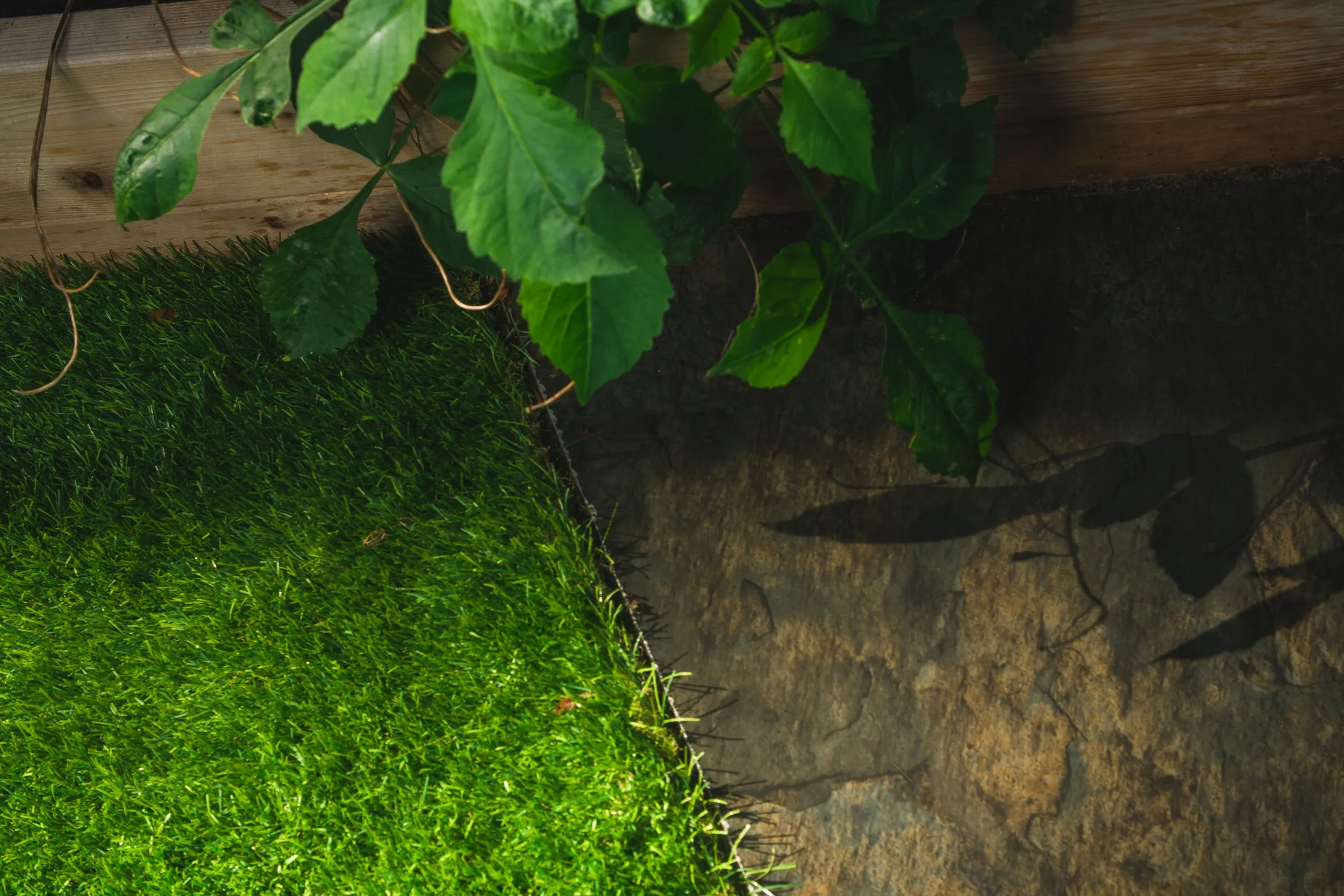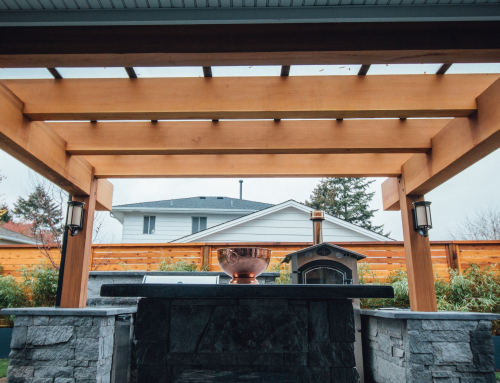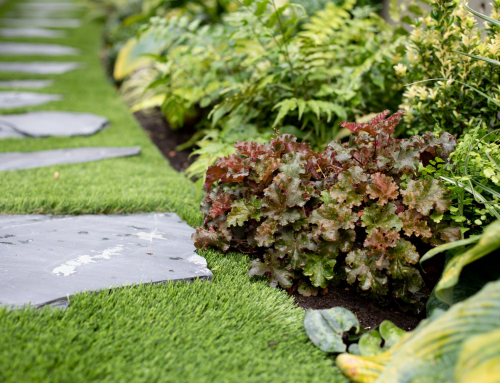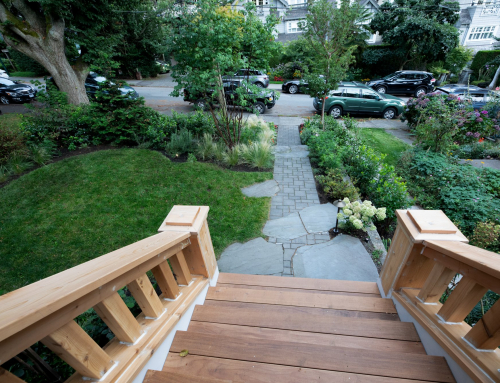It’s wintertime! The leaves have fallen, the air is chilly, and your lawn may be looking a little shabby right now. As the snow falls and covers your yard, it might be easy to forget that there is a world below your feet. But your grass landscape is still there, and it needs your care if you want it to stay healthy next season.
So what do you need to do to protect your grass in winter? We’ve got some expert tips to help you keep your grass safe and healthy. Keep reading for our top tips to protect your grass landscape during the cold, frigid months.
But first, let’s debunk some common myths about winter lawn care.
Common Myths About Winter Lawn Care

There are several widespread misconceptions about winter lawn maintenance. You can avoid making significant errors by knowing the truth behind these myths.
1. Winter Lawn Care Is Not Needed
Many individuals believe that their lawns don’t require attention throughout the winter. However, this is actually not the case. If you want your grass to remain healthy, you must clean up debris from your lawn, mow it occasionally if you are able to during the winter, and generally keep a close eye on it – basically, most of the things you would do to keep your lawn thriving throughout the year.
2. Fertilizer Is Not Necessary
Fertilizer is critical in keeping your lawn healthy throughout the winter. However, many people believe that they don’t need to fertilize their lawn in the colder months. This is false – one of the best times to plant grass seed and fertilize your lawn is actually during winter. This gives your grass the chance to grow through the winter and be healthier come springtime. Doing this also saves you the time and effort of working early in the spring to prepare your lawn.
3. Don’t Bother Treating Winter Weeds
Winter weed control is critical, just like summer weed control, and it also prepares you for a better spring. The most common error that homeowners make is to wait too long to eliminate winter weeds. But winter is actually the ideal time to get started on reconditioning your grass because it will help you prepare for a fast green-up in spring.
Tips To Protect Your Grass Landscape During Winter
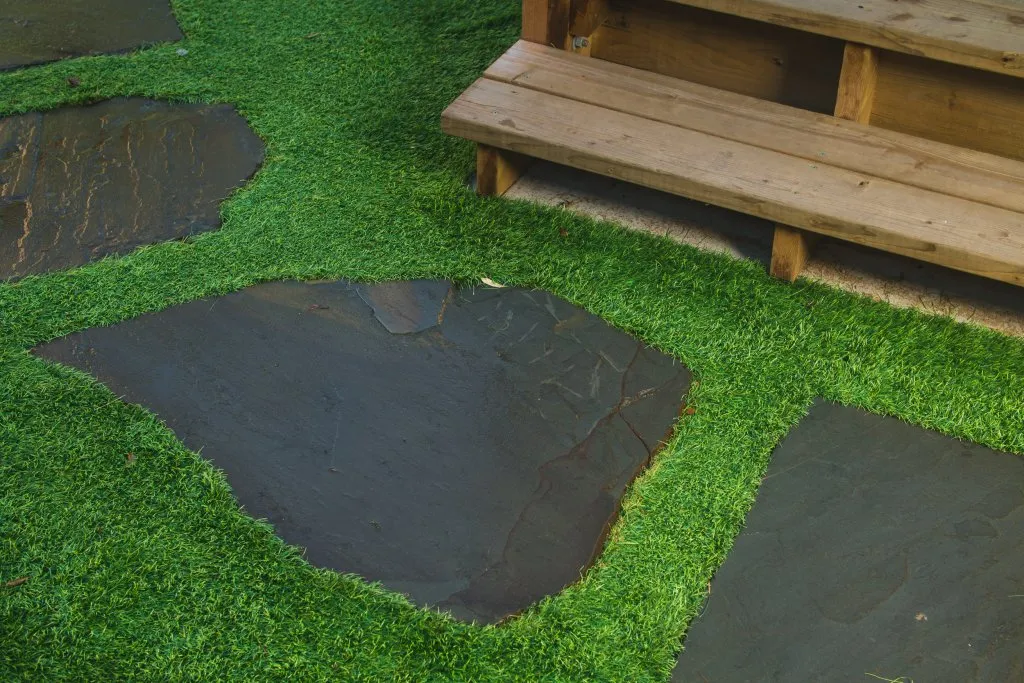
It’s time to get down to business—or, in this case, the grass. Winter weather can be dangerous for your grass landscape if you don’t take the necessary precautions. Keep reading for our top tips on how to protect your grass during wintertime.
1) Mow Periodically If There Is No Snow
To keep your grass healthy over the winter, you should mow it occasionally. This will cut down on the height of your grass, which will make it less susceptible to cold weather damage.
As a general rule: try to mow when the grass reaches a height of three inches. However, refrain from mowing grass when the ground is wet or when the grass has frozen solid from snow—it could damage your grass or lawnmower in the process.
2) Aerate The Soil
Because of the weight of people or equipment, such as that used in home construction and landscaping, the soil beneath the grass tends to get very compacted. This can dry out the soil and cause nutrient absorption by roots to be poor, as well as drainage issues in the landscaping.
The grass beneath the soil and visible grass is known as “thatch.” A healthy lawn has a depth of up to one inch of thatch. Too much thatch, on the other hand, may prevent air and water penetration, lowering nutrient absorption and causing drainage problems.
Aeration is the answer to both soil compaction and excessive thatch. This is a technique of creating holes through the grass and into the earth beneath it to bring air into the turf and allow water to reach. A manual or powered aerating device may be used for aeration.
3) Prevent Salt Damage
De-icing salts, when used on grass, can leach into it and cause nutritional damage. This is most likely to lead to “physiological drought,” a condition that inhibits nutrient absorption and leaves bare places. If you must treat walkways that run over or near the boundaries of your grass, look for sodium chloride alternatives like calcium chloride.
And when you shovel the front walkways after a snowfall, be careful not to heap the white stuff on the grass since it might contain road treatments residue. If you detect salt spray or melt runoff coming into touch with your grass, make certain to water your lawn thoroughly as soon as a soil thermometer indicates that the ground temperatures are above freezing. This will aid in the removal of the salt and minimize harm.
4) Fertilize Safely
If the ground is not frozen, applying a little lime to acidic soil in the winter is ideal. You may also use a slow-release fertilizer called “winterizing.” This is an excellent method to get started on spring growth immediately after planting. Every fertilizer is unique. As a result, each fertilizer has its own set of instructions. Read the manufacturer’s instructions on your fertilizer before applying it. Then follow all of the procedures carefully. Only use the quantity of fertilizer indicated in the directions. If you apply too much, the chemicals may harm your grass. Your grass can be ruined by fertilizer burn.
Need Assistance with Lawn Maintenance During Wintertime?
In winter, it’s not just your home that needs to be protected from the harsh weather. Your grass landscape also needs a little extra care during these colder months. If you need assistance with landscape maintenance, give us a call at Hyland Landscapes today. Our team offers Annual Maintenance, Snow & Ice Management, and Gardening Services. Contact us today to schedule a service!

